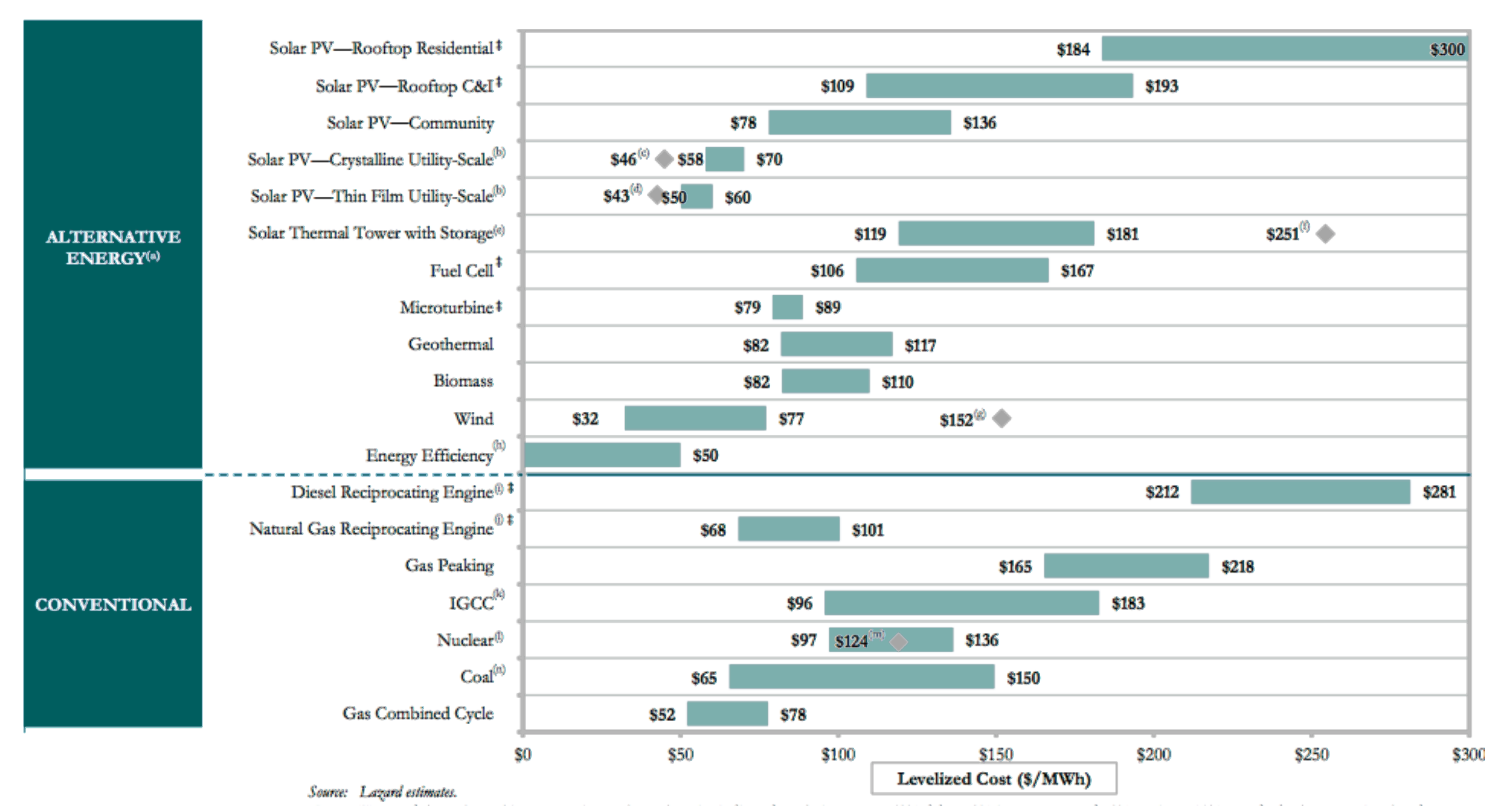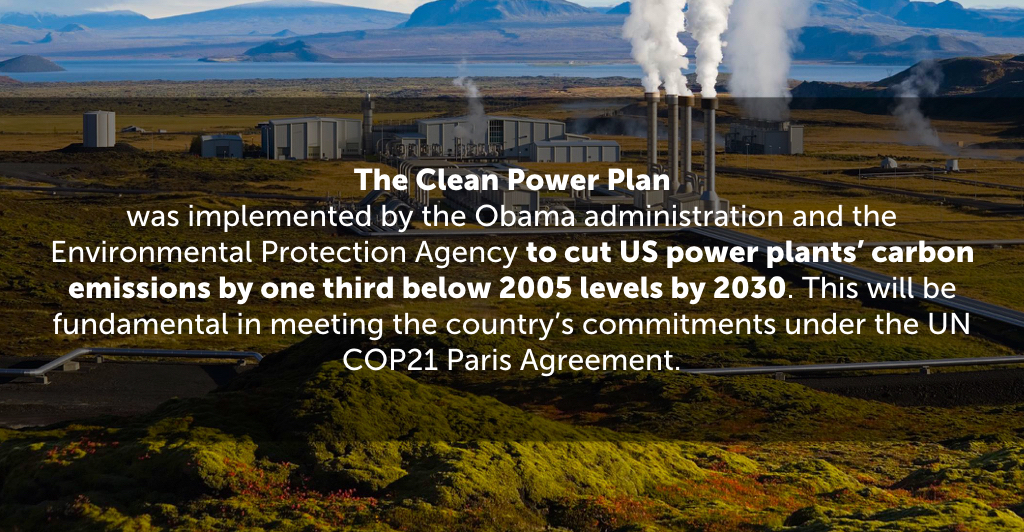Since the US President-elect Donald Trump was chosen, hundreds of governments around the world ranging from superpowers such as China to small-island nations such as the Maldives have convened in Morocco to reaffirm their support for the 2015 UN COP21 Paris Agreement.
According to some of the world’s most renowned environmental scientists, if humankind does not reduce their greenhouse gas emissions life on Earth will become increasingly volatile, unpredictable and dangerous. With continued temperature rise, water stress, ocean acidification, land degradation and crop losses experienced around the world today, the stakes for our environment are at an all time high and we need immediate action.
Trump has become well known around the world for his stance on climate change, having threatened to abolish the Clean Power Plan and renege on COP21 Climate Agreement during his often-divisive election campaign. Although this stance runs counter to physical evidence, near-global scientific consensus and research from the US Department of Defense, the President-elect has claimed that man-made climate change is a myth propagated by the Chinese to scupper the competitiveness of US manufacturing. Whether this is was an attempt to appease special interest groups that advocate fossil fuel use or garner strong support within coal-producing states for the election, we argue that a shift toward low carbon technologies will not only protect the environment but also provide stronger commercial opportunities now and well into the future.
The Clean Power Plan was implemented by the Obama administration and the Environmental Protection Agency to cut US power plants’ carbon emissions by one third below 2005 levels by 2030. This will be fundamental in meeting the country’s commitments under the UN COP21 Paris Agreement.
The benefits of innovative and carbon free energy technologies are beginning to outweigh their negatives in terms of both cost and environmental impact. Renewable and low-carbon technologies for energy production are a prime example of this trend. Utility scale wind, solar and natural gas-fired power are becoming cheaper than the fossil fuel alternatives and that gap is growing wider every day. Regardless of the impact of a Trump administration on domestic climate policy, these competitive technologies will continue to remove coal generation from the market as they become cheaper, cleaner and more efficient.
Unsubsidized Levelized Cost of Energy Comparison
 Source: Lazard (2016)
Source: Lazard (2016)
Now that we have the United Nations COP21 Agreement all we need is full implementation. This needs to be done by people who can motivate businesses to invest in innovative technologies. As opposed to many of his political predecessors and counterparts, Trump has the appropriate experience in this field. Once implemented, the market for renewable energy and technology will demonstrate profound and exponential growth. By redirecting capital flows toward proactive efforts to mitigate and adapt to climate change, investors and financial institutions can protect assets from global climate and economic risks while generating attractive returns.
